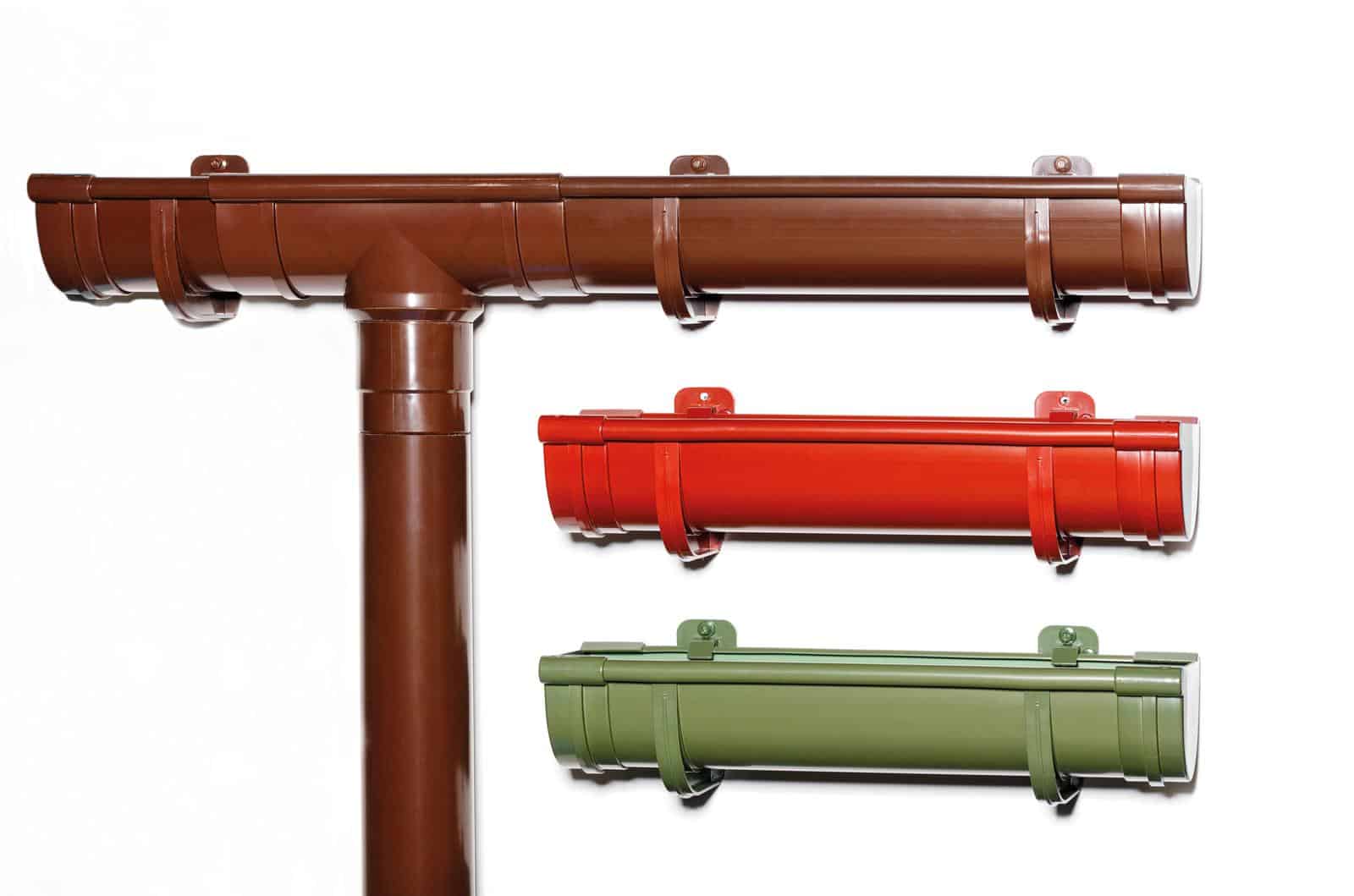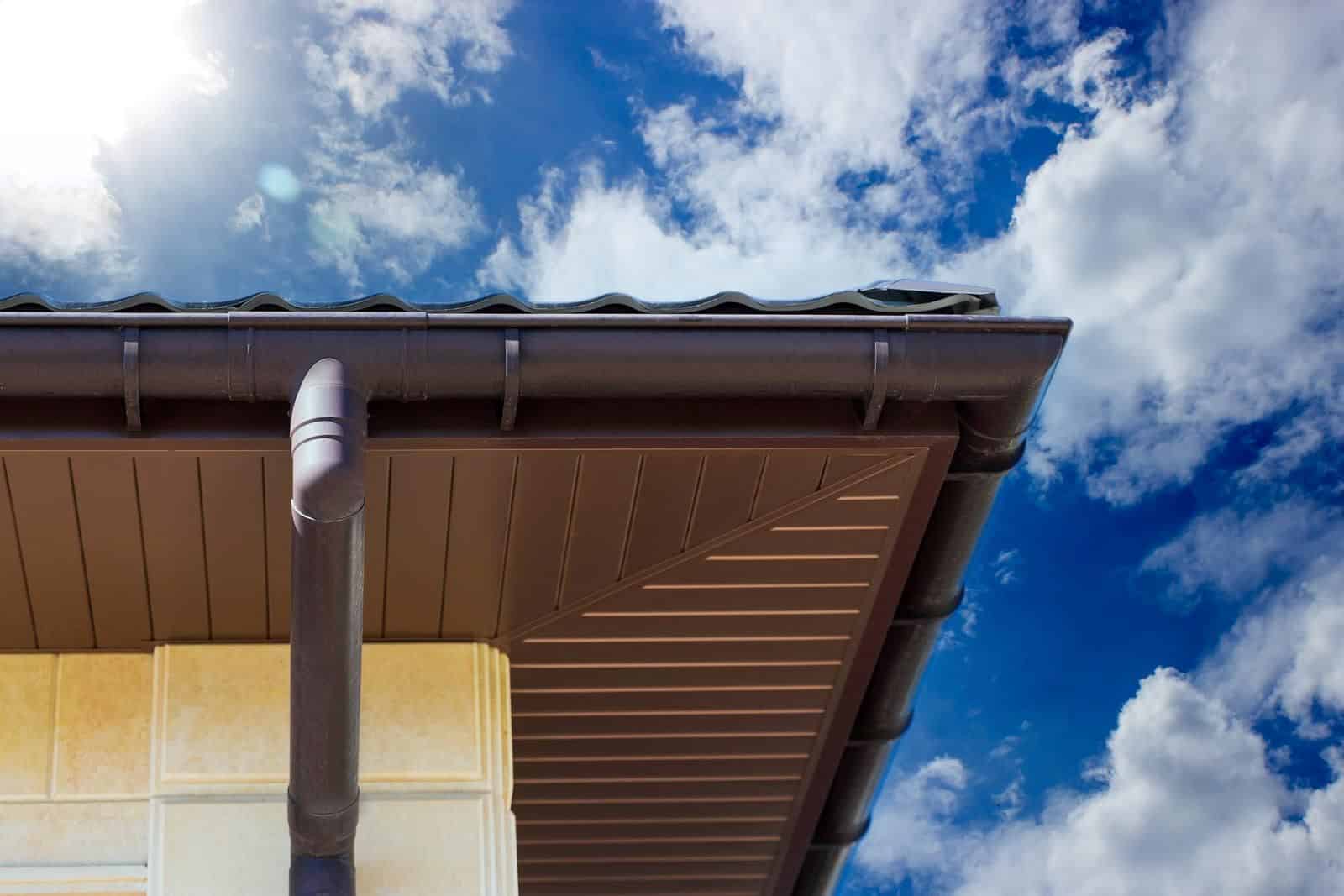Maintaining your home’s spouting and guttering is not just a task; it’s a crucial shield against potential water damage. Neglecting this could lead to significant structural issues and financial burdens.
By ensuring that rainwater is efficiently directed away from your home’s foundations, you’re safeguarding your property from potential risks. Remember, a small neglect today could lead to a major repair cost tomorrow.
Hamilton’s weather is known for its unpredictability, with the city experiencing a mix of heavy rainfall and dry spells throughout the year. In recent years, however, Hamilton has seen an increase in rainfall, particularly during the winter and spring months. This surge in precipitation has heightened the need for homeowners to reassess their spouting systems.
Many older homes are finding that their existing spouting can’t handle the increased volume of water, leading to overflow issues and potential water damage. As a result, upgrading to more extensive spouting options has become essential for managing the extra rainfall effectively and protecting your home from the elements.
In this guide, we’ll walk you through the basics of spouting, focusing on what you need to know if you’re in Hamilton, NZ.
What is Spouting?
Spouting, often called guttering in some regions, is a crucial component of your home’s rainwater management system. The spouting runs along the edge of your roof, collecting rainwater and directing it towards downpipes, which then channel the water safely away from your home. Without a well-maintained spouting system, rainwater can cause significant damage to your roof, walls, and foundation.

Types of Spouting Available in Hamilton
When choosing spouting for your Hamilton home, it’s essential to consider the material, shape, and size that best suits your needs. Here are the most common types available:
PVC Spouting: Lightweight, cost-effective, and resistant to rust, PVC is a popular choice. It’s easy to install and comes in various colours to match your home’s exterior. However, it can become brittle over time, especially in extreme weather conditions.
Metal Spouting: This includes materials like galvanised steel, aluminium, and copper. Metal spouting is durable and can withstand harsh weather. Copper, in particular, offers a unique aesthetic appeal, but it comes at a higher cost. Keep in mind that metal spouting may require regular maintenance to prevent rust and corrosion.
Continuous Spouting: This is a seamless option custom-made to fit your roof. It minimises the risk of leaks, as there are no joints or seams where water can escape. Continuous spouting is typically made from metal, providing durability and a clean look.
Importance of Proper Installation
Installing spouting might seem straightforward, but getting it right is crucial to ensuring your system functions properly. Improperly installed spouting can lead to water overflow, leaks, and even structural damage to your home.
Here’s what to consider during installation:
- Correct Slope: Your spouting should have a slight slope towards the downpipes to allow water to flow efficiently. A common mistake is installing the spouting level, which can lead to water pooling and overflowing.
- Secure Fastening: Ensure that the spouting is securely fastened to your roof. Loose spouting can sag or detach during heavy rain or wind, leading to significant issues.
- Appropriate Downpipe Placement: Downpipes should be placed strategically to direct water away from your home’s foundation. If water pools near the foundation, it can lead to cracks, mould growth, and other structural problems.
Maintenance Tips for Hamilton Homes
As a homeowner in Hamilton, you play a crucial role in the upkeep of your property. Regular maintenance of your spouting is not just a task; it’s a responsibility. By keeping it in good working order, you’re actively protecting your home from potential water damage and taking a proactive stance in home maintenance. Here’s how you can do your part:
Regular Cleaning: Like washing your houses exterior, and performing roof maintenance keeping the spouting clean is important too. Leaves, twigs, and other debris can clog your spouting, causing water to overflow. It’s advisable to clean your spouting at least twice a year, particularly in the autumn when leaves are falling.
Check for Leaks and Damage: Inspect your spouting for any signs of leaks, rust, or damage. Look for discolouration, peeling paint, or water stains on the walls, which could indicate a leak. Small cracks or holes can be repaired with a sealant, but more extensive damage may require replacing a section of spouting.
Install Gutter Guards: To minimise debris buildup, consider installing gutter guards. These mesh covers sit on top of your spouting, allowing water to pass through while keeping leaves and other debris out.
Ensure Downpipes are Clear: Blocked downpipes can cause water to back up and overflow your spouting. Use a garden hose to flush out any blockages, or consider hiring a professional to do a thorough cleaning.
When to Call a Professional Spouting Installer
While some maintenance tasks can be done yourself, it’s important to remember that professional assistance is always available.
If you’re unsure about installing or repairing your spouting or if it’s heavily damaged, don’t hesitate to contact a professional spouting installer in Hamilton. Their expertise can give you peace of mind and ensure the job is done right.
Conclusion
Properly maintaining your spouting is crucial for protecting your home from water damage. Whether you’re choosing new spouting or maintaining your existing system, understanding the basics can save you time, money, and stress in the long run.
For residents of Hamilton, where weather conditions can be challenging, investing in quality spouting and regular maintenance is critical to ensuring your home stays dry and secure.
